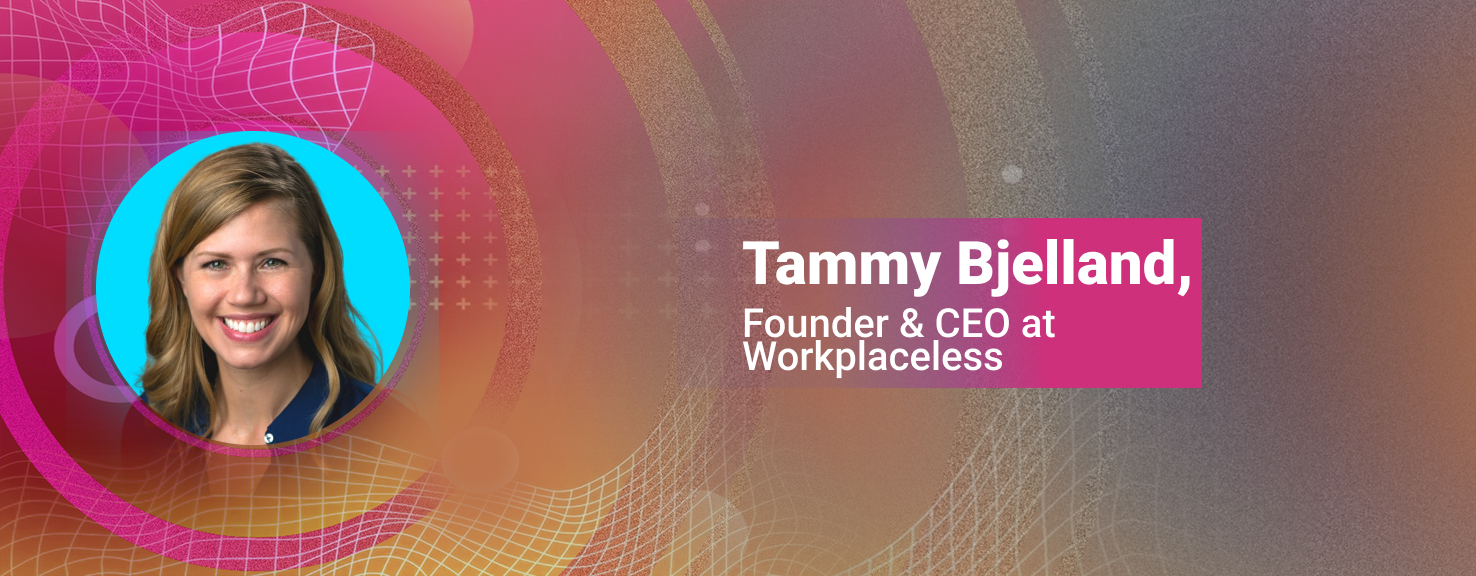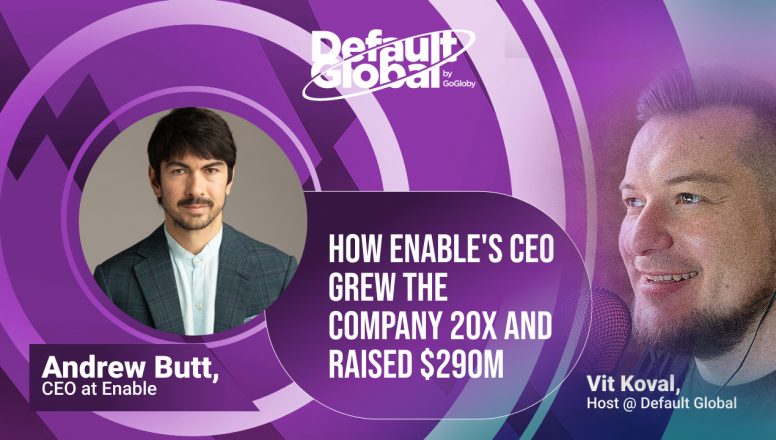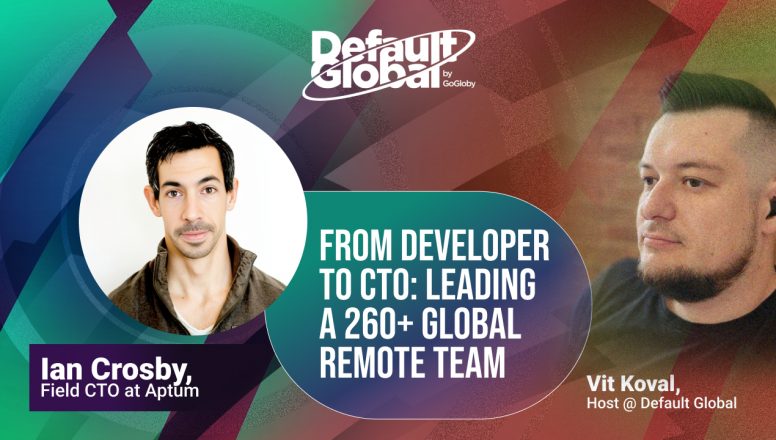Meet Tammy Bjelland, founder and CEO at Workplaceless:
Tammy Bjelland is a passionate advocate for remote work and the founder and CEO of Workplaceless, an initiative designed to facilitate professional development within the context of remote work. Starting her remote work journey in 2011, Tammy was initially drawn to remote work’s flexibility and autonomy. She spent several years working in various roles and companies within the EdTech sector, before branching into corporate training.
While in these positions, Tammy noticed a lack of professional development opportunities catering to remote work’s unique needs and challenges. Traditional leadership training, she found, was rooted in office-based principles that failed to align with the remote work context. This insight became the catalyst for the foundation of Workplaceless in 2017. The company’s mission is to fill this gap, helping individuals develop the skills to thrive in remote work environments, while assisting companies in fostering successful remote employees and managers.
Listen Up: Tammy Bjelland, founder and CEO at Workplaceless — Full Podcast Episode on Spotify
Watch Now: Vit’s In-Depth Talk with Tammy Bjelland
Quick Read: Tammy Bjelland, founder and CEO at Workplaceless, Interview Highlights
What do you think will happen next with remote work and global hiring? How do you see this industry in five years?
Tammy predicts that flexibility will become simpler and more complicated in five years. It will be simpler because employees will expect some level of flexibility as the default. However, it will be more complicated due to the slower pace of regulatory changes compared to the rapidly evolving hiring landscape. Tammy suggests that partners can help mitigate this complexity for employers and employees in accessing flexibility.
“On one side, it’s going to be simpler because everyone’s going to expect some level of flexibility.”
Can workers still ask for it even in a tough job market?
Tammy defines flexibility into four categories, with location and schedule flexibility being particularly relevant for global workforces. She believes that employees can and should ask for flexibility, even in a tough job market, as there is still a talent shortage across industries. Tammy emphasizes that flexibility is a valuable offering that smaller companies can provide to attract and retain top talent.
How can organizations attract and retain top talent effectively in remote and global settings?
Tammy advises organizations to highlight their flexibility and focus on providing training and career development opportunities designed for the flexible work environment. She emphasizes the importance of continuous learning and growth opportunities, as 76% of employees are likelier to stay with an employer that offers ongoing training. Companies can attract and retain top talent by incorporating flexible training programs and career development paths.
What valuable rituals can remote teams implement to foster connections and team bonding?
Tammy suggests implementing rituals that enable connections and foster a sense of community in remote teams. Examples she provides include playing asynchronous games with one another, organizing skills-sharing sessions where team members share their expertise, and implementing rituals like sending daily updates asynchronously. These rituals help team members bond, learn from each other, and create a positive remote work culture.
“Being thoughtful and intentional about incorporating those rituals will make employees more likely to participate and enjoy them.”
Can you explain the concept of a communication charter and how it can help teams establish clear guidelines for using different communication channels?
Tammy describes a communication charter as a team agreement that sets expectations for communication using various tools. It defines priority levels, the speed of response, types of messages, and appropriate communication channels. By clarifying these expectations, a communication charter minimizes communication overload, ensures universal understanding, and helps team members efficiently use their time and resources.
What are some critical criteria or qualities organizations should look for when hiring globally in remote teams?
Tammy suggests that organizations should look for individuals with an aligned mindset, such as a learning and growth mindset and a placeless mindset that values location independence. Problem-solving skills and the ability to design workflows optimized for remote work are also crucial qualities. Additionally, creating a strong virtual presence, making others feel engaged and valued during virtual meetings, is an important attribute to consider.
What three key pieces of advice would you give to founders and executives starting their switch to global hiring and remote work policies?
Tammy’s advice is as follows:
- Adopt an async-first approach to enable global team success and avoid imposing meeting schedules that may inconvenience team members in different time zones.
- Examine the role of founders and executives in enabling global team success and identify any practices that may hinder their teams’ effectiveness.
- Embrace a shift in mindset to embrace async-first practices and overcome the fear of missing out on meetings or being less involved.






